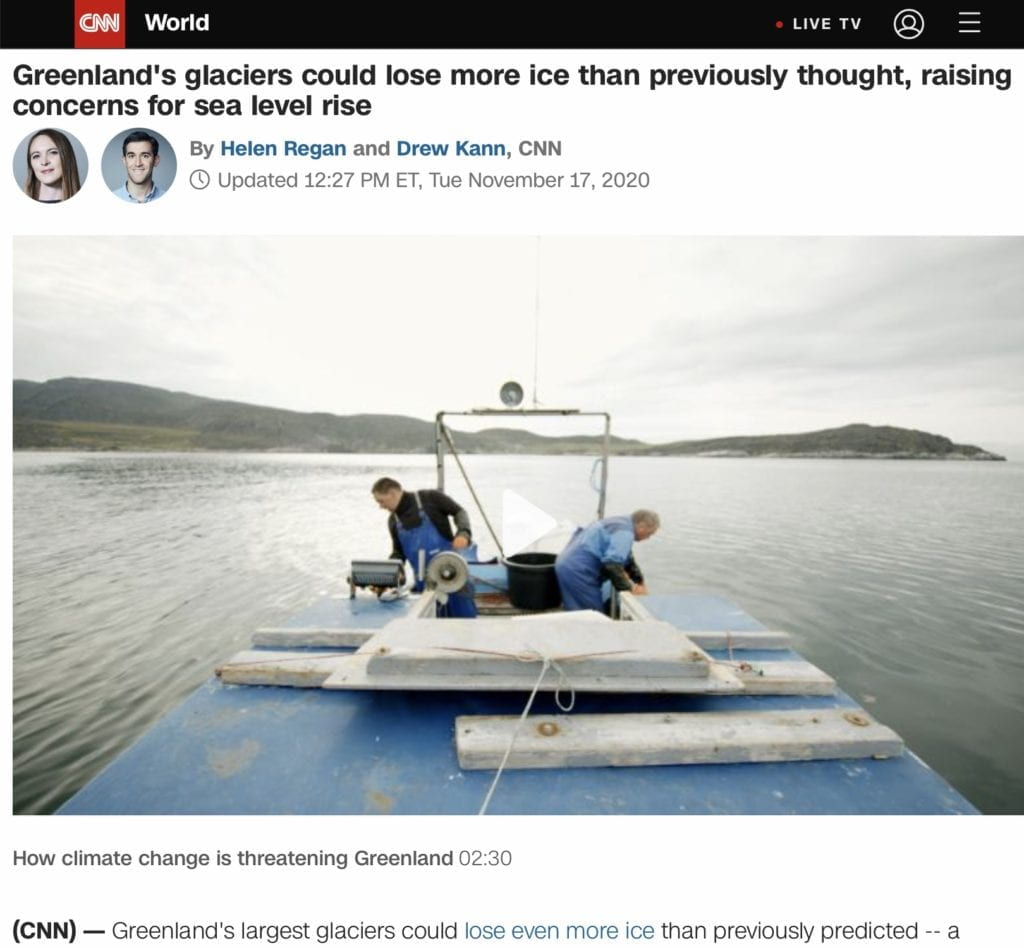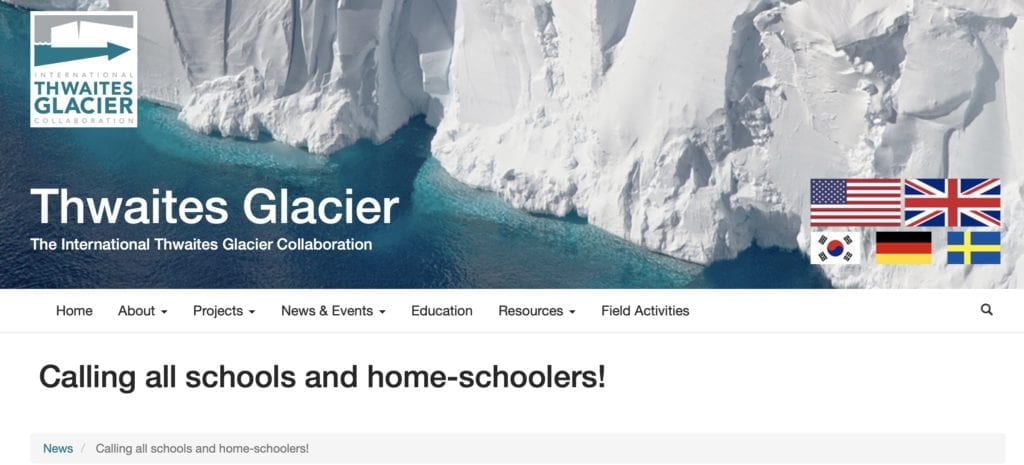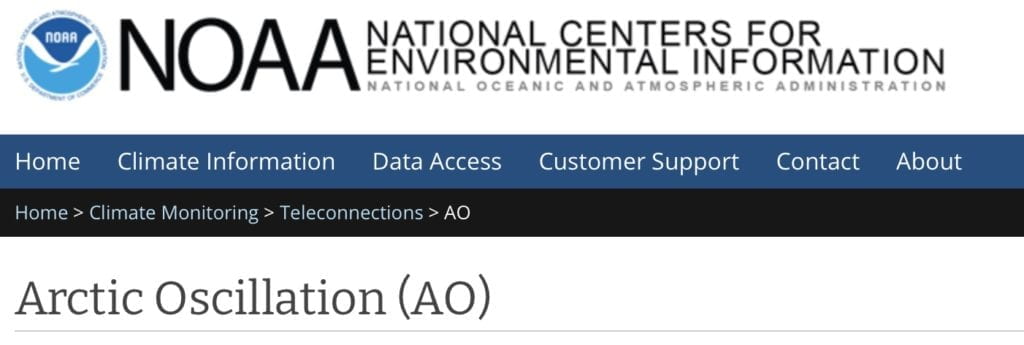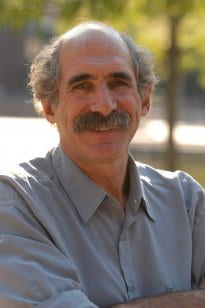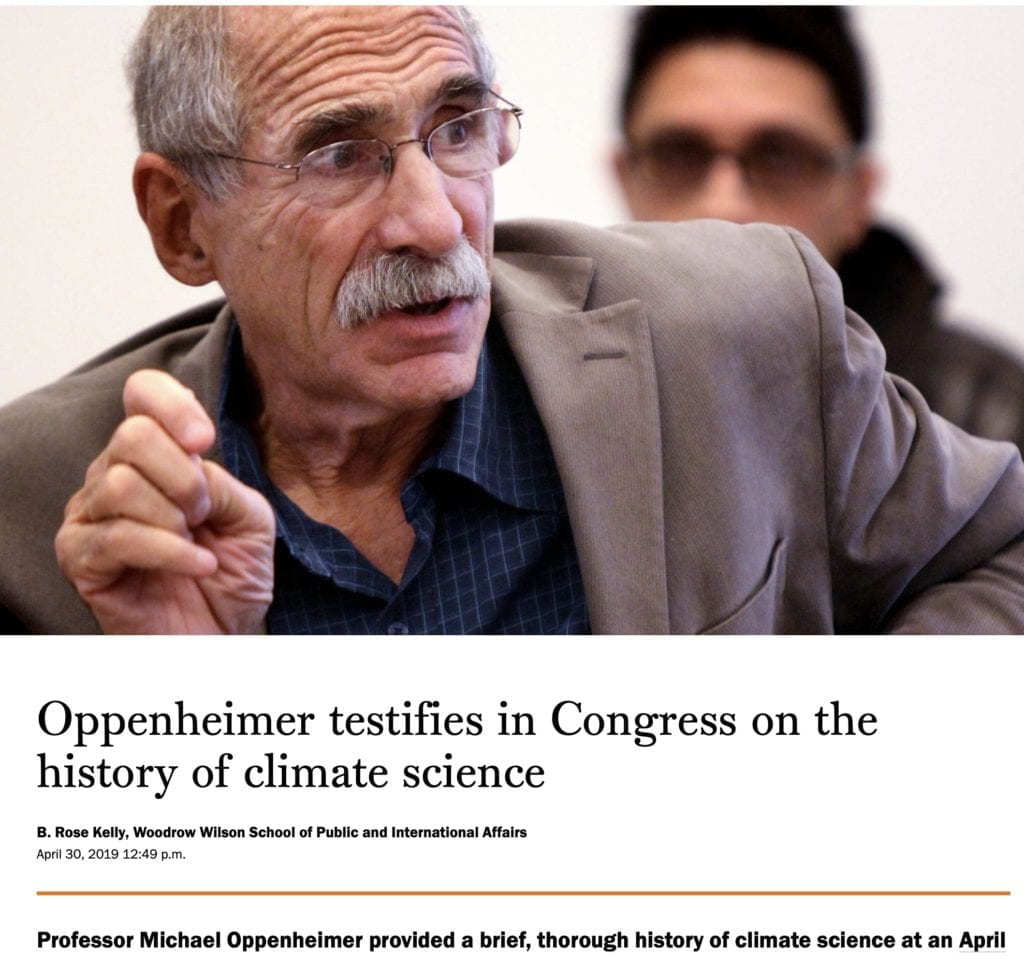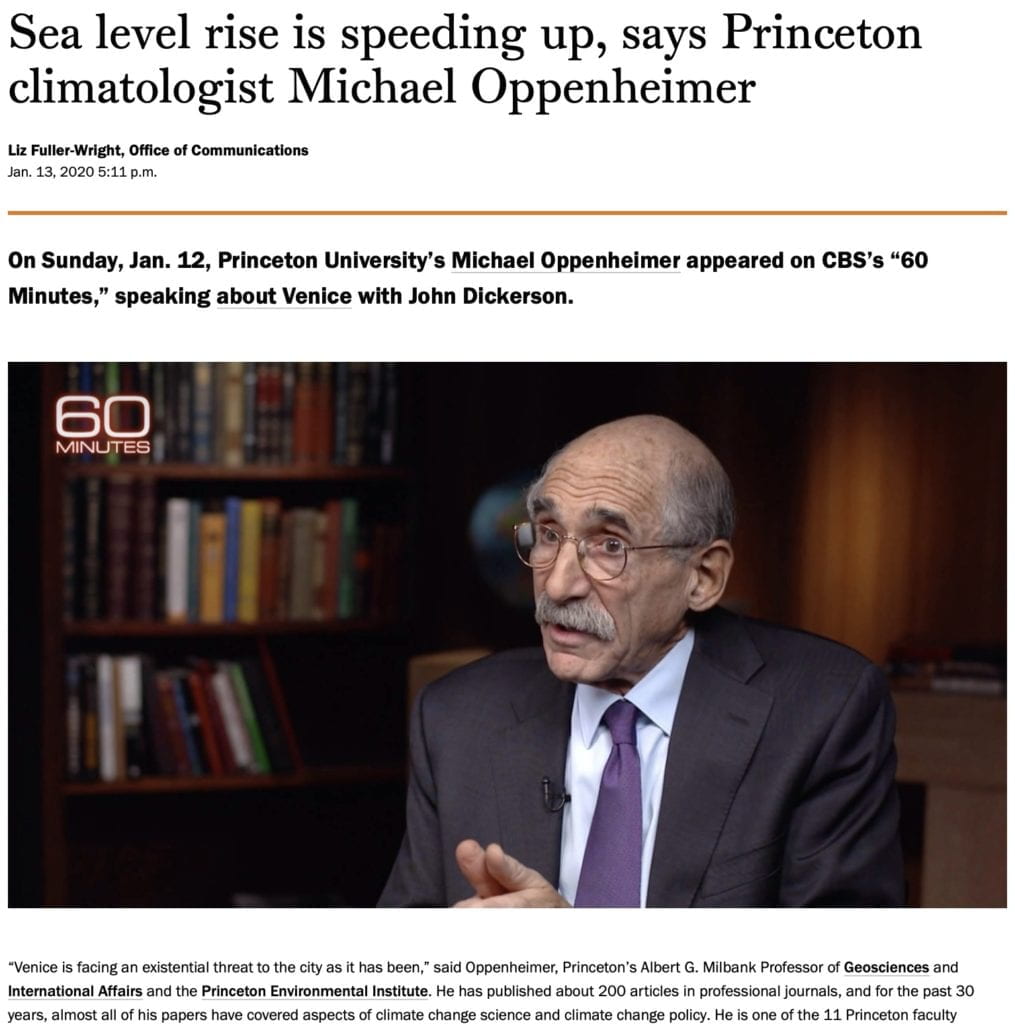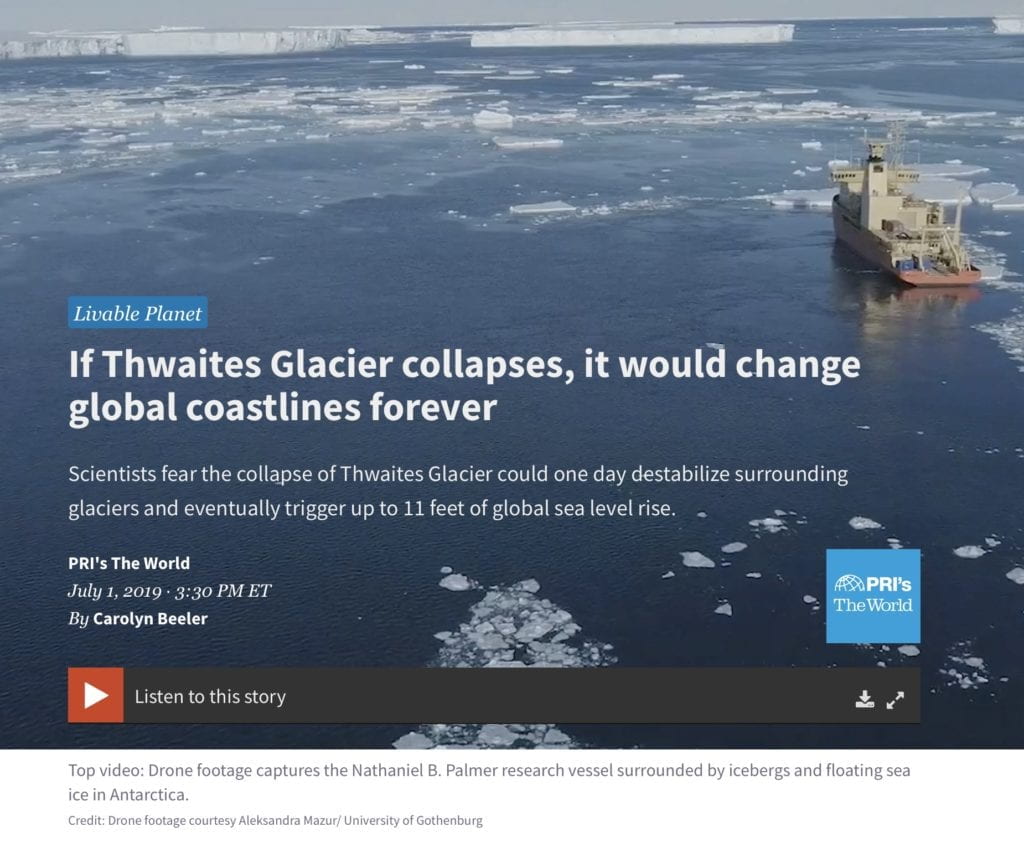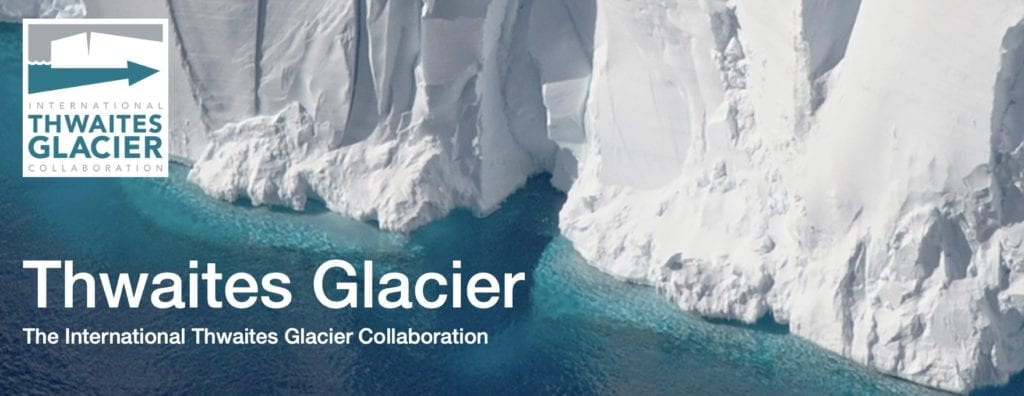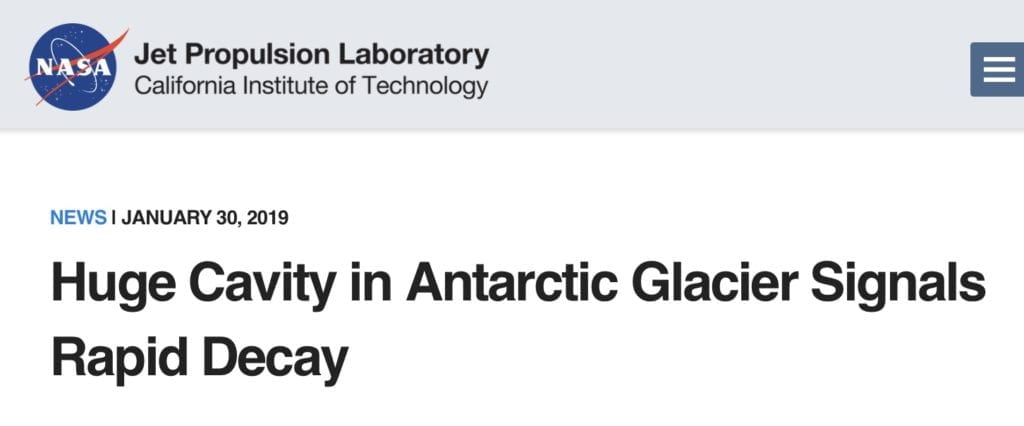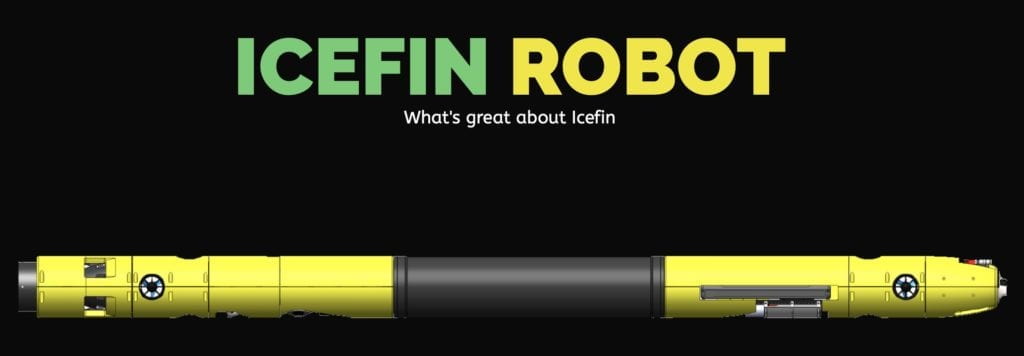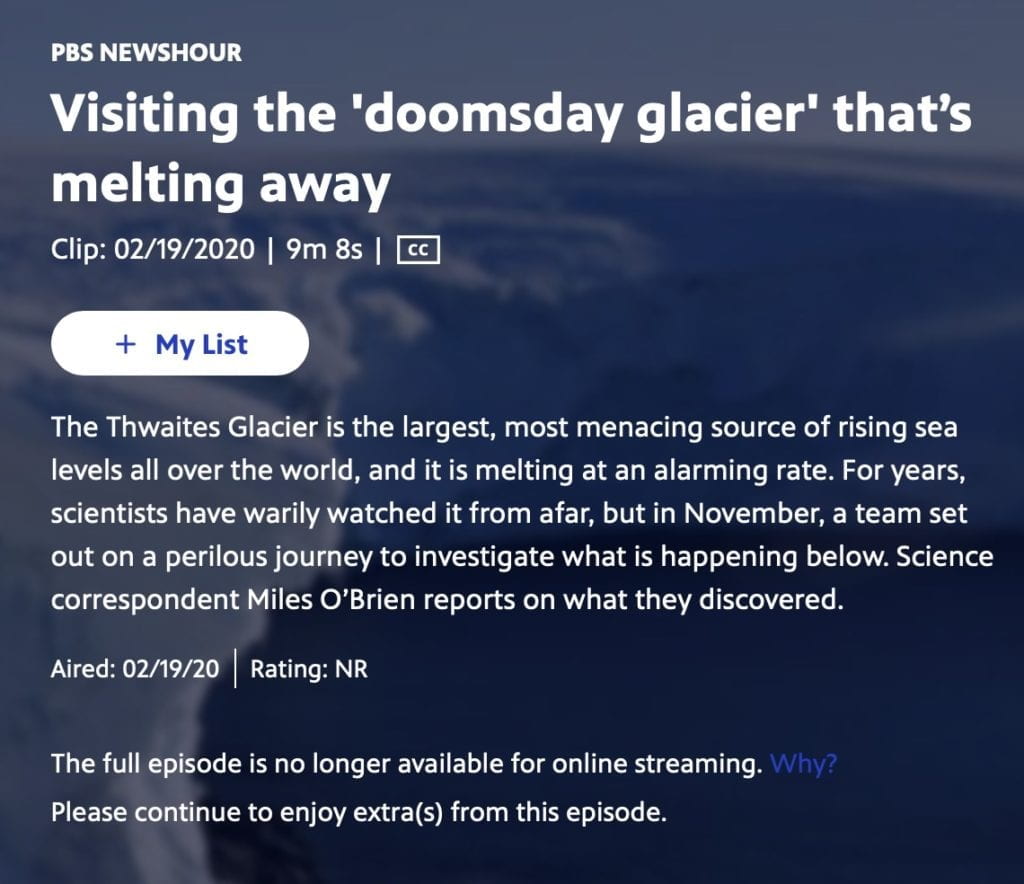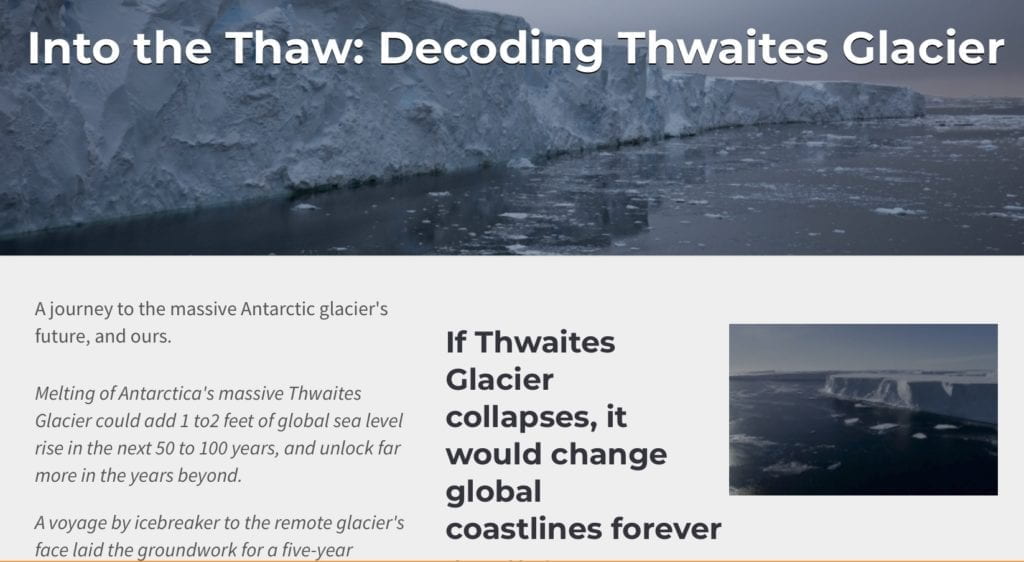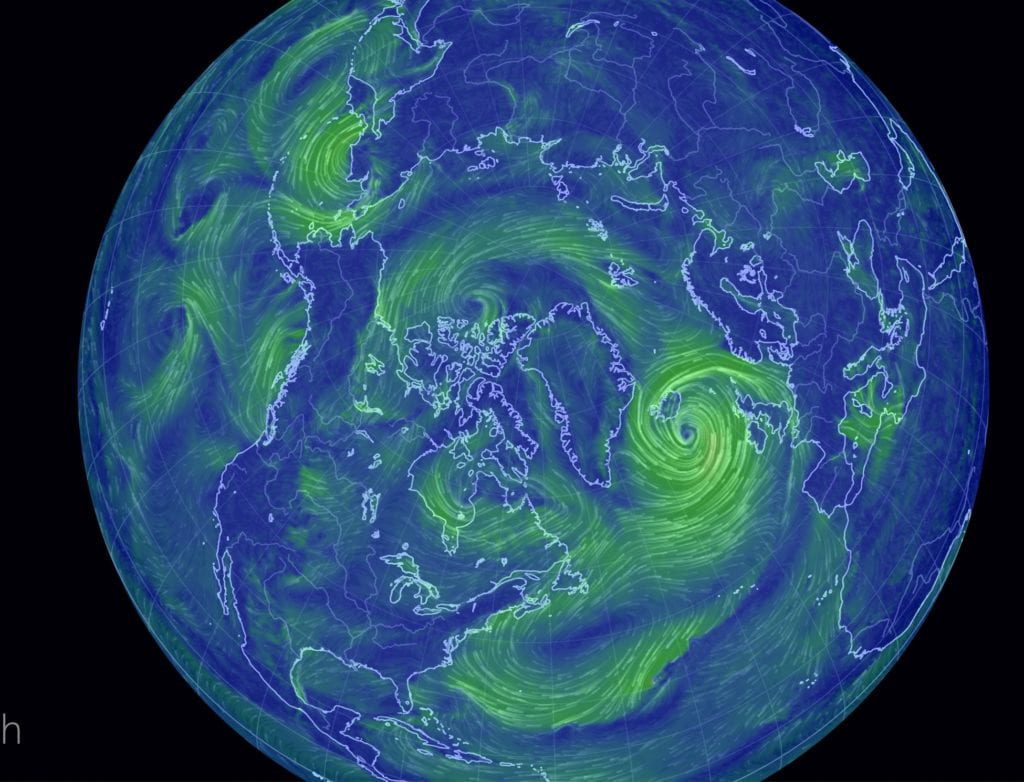ANTARCTICA WEEK: Festival 2020
Arctic Oscillation
Michael Oppenheimer
Michael Oppenheimer SB, PhD is the Albert G. Milbank Professor of Geosciences and International Affairs at Princeton University. He is also the Director of the Center for Policy Research on Energy and the Environment at Princeton’s Woodrow Wilson School. Oppenheimer is a long-time participant in the Intergovernmental Panel on Climate Change (IPCC), which won the Nobel Peace Prize in 2007. He now serves as a coordinating lead author on IPCC’s Special Report on Oceans, Cryosphere and Climate Change. Oppenheimer is coeditor-in-chief of the journal Climatic Change. He serves on the New York City Panel on Climate Change and is a science advisor to the Environmental Defense Fund. Oppenheimer is a Heinz Award winner and a Fellow of the American Association for the Advancement of Science. His research focuses on sea-level rise, migration, and other impacts of climate change from the perspectives of science, adaptation, and risk. Michael Oppenheimer has an SB degree from MIT in chemistry and a Ph.D. from the University of Chicago in chemical physics. He joined the Princeton faculty in 2002 after more than two decades with the Environmental Defense Fund, where he served as chief scientist and manager of the Climate and Air Program. Earlier, he was an Atomic and Molecular Astrophysicist at the Harvard-Smithsonian Center for Astrophysics.
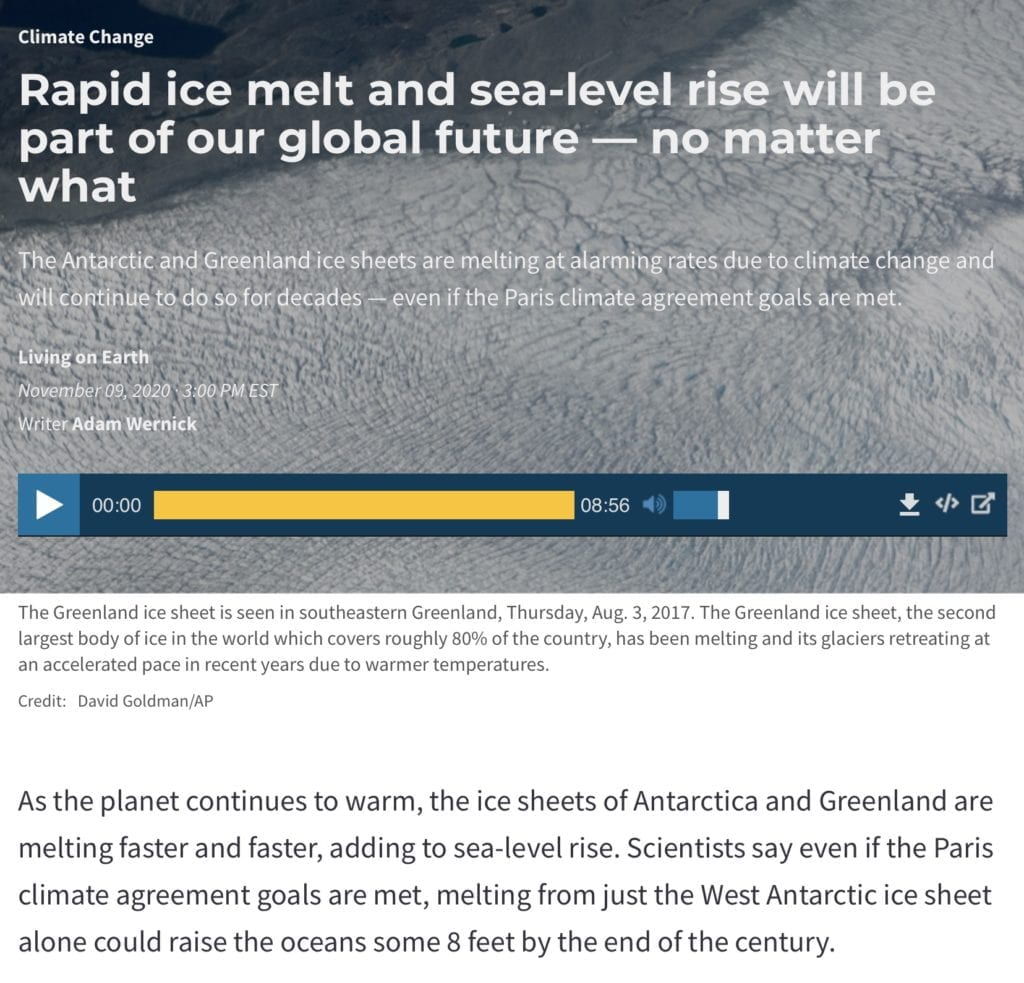
Testimony of Dr. Michael Oppenheimer Princeton University, At the Oversight and Reform Committee – Subcommittee on Environment US House of Representatives, April 9, 2019, On Climate Change Science – a Historical Perspective
Thwaites
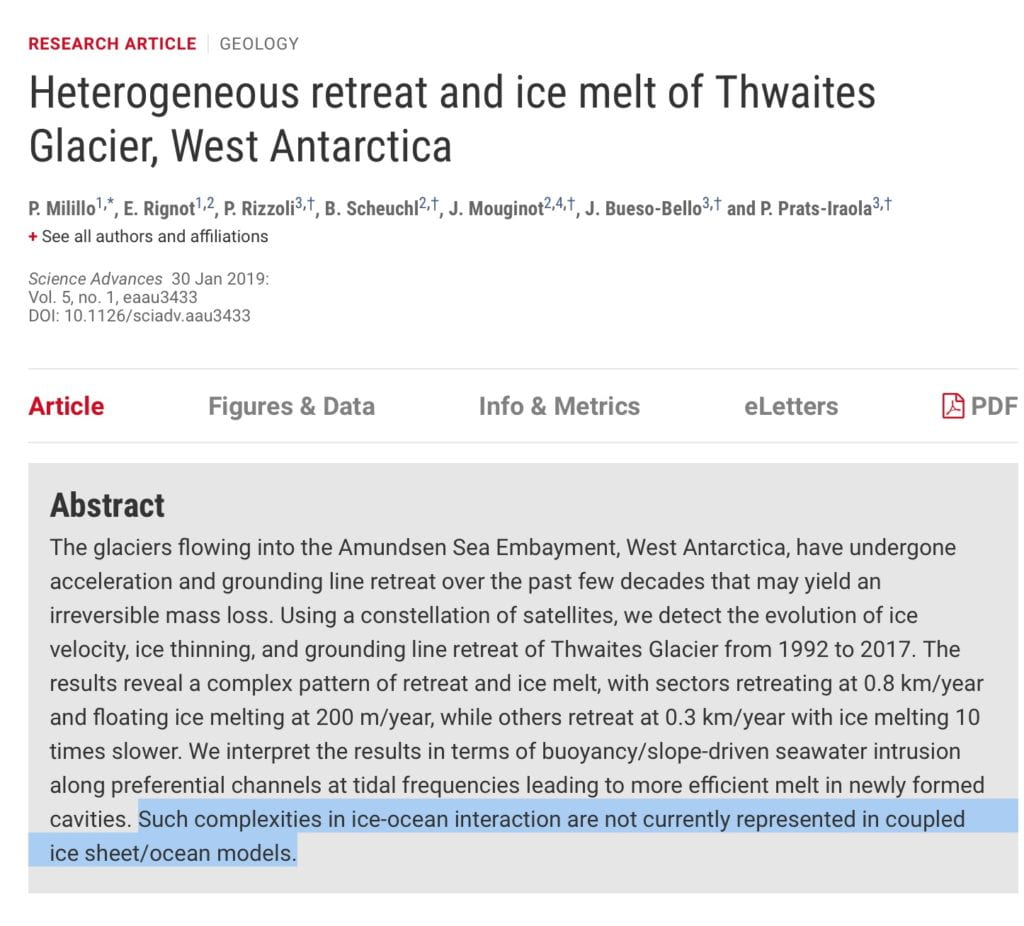
2020
